The Lytro “light field” camera, announced in the summer of 2011, is a digital point-and-shoot that allows you to take pictures and then refocus them later, on your computer. A new device called the KaleidoCamera will allow photographers to do the same thing with their DSLR or mirrorless interchangeable lens cameras – if it makes it to market.
Light field cameras, like the Lytro and the KaleidoCamera, capture light from a wider variety of angles than normal cameras and use that extra angle data to create an image file that can be refocused however you want, after the photo has been taken. The proposed KaleidoCamera will be able to do that and a lot more.
As the name suggests, the KaleidoCamera is a kaleidoscope-like device. It was invented by a team of scientists at Saarland University in Germany, and officially presented last month at the SIGGRAPH conference in Southern California. The KaleidoCamera attaches to an interchangeable lens camera between the body and lens, just like a tele-converter. Light passes through the lens into the KaleidoCamera and is then broken up into 9 separate images, which are then filtered and redirected to the camera’s sensor as a 3×3 grid. For filtering applications, there is a diffuser at the lens focal plane, which projects the image into the KaleidoCamera, where it is then broken up and filtered. For light field photography, the diffuser is replaced by an aperture, which projects the image into the “image multiplier.” The different angles of light captured in the “image multiplier” make it possible to refocus photos on the computer, with proper software, after they’ve been taken.
The main attraction of the KaleidoCamera is its versatility. Since all kinds of filters can be applied to the separate images, the KaleidoCamera could be used for a lot more than just refocus-able light field images. Other possibilities include single-shot HDR, variable polarization, and more esoteric scientific applications – basically, any kind of photography where you benefit from applying multiple or variable filter effects.
If you’re interested in seeing live samples of the KaleidoCamera in action, and all the technical nitty-gritty, check out the video, below:
Right now the KaleidoCamera only exists as a bulky prototype but they’d like to bring it to production. The challenge is to make it small enough and affordable enough to be a practical consumer product, either as a DSLR accessory or built into somehow point-and-shoot cameras and Smart Phones.
Sources:
Original Paper
New Scientist Story
Gizmodo Story


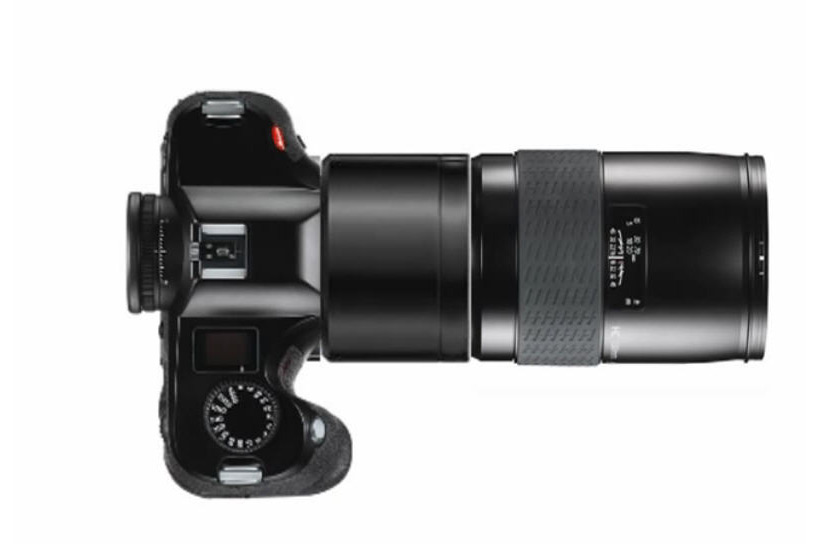
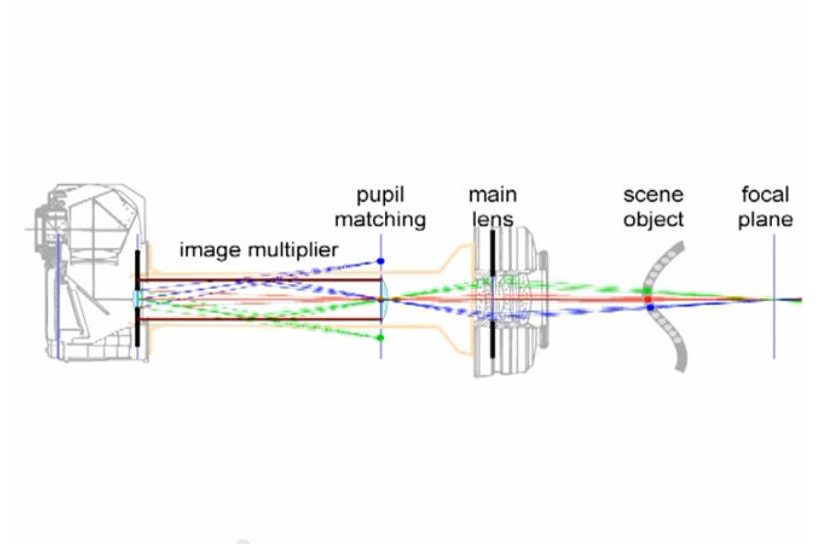


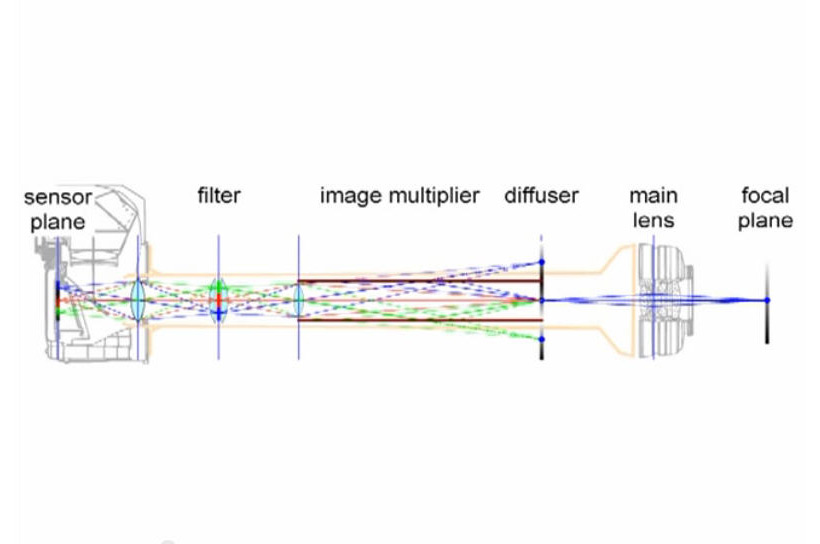

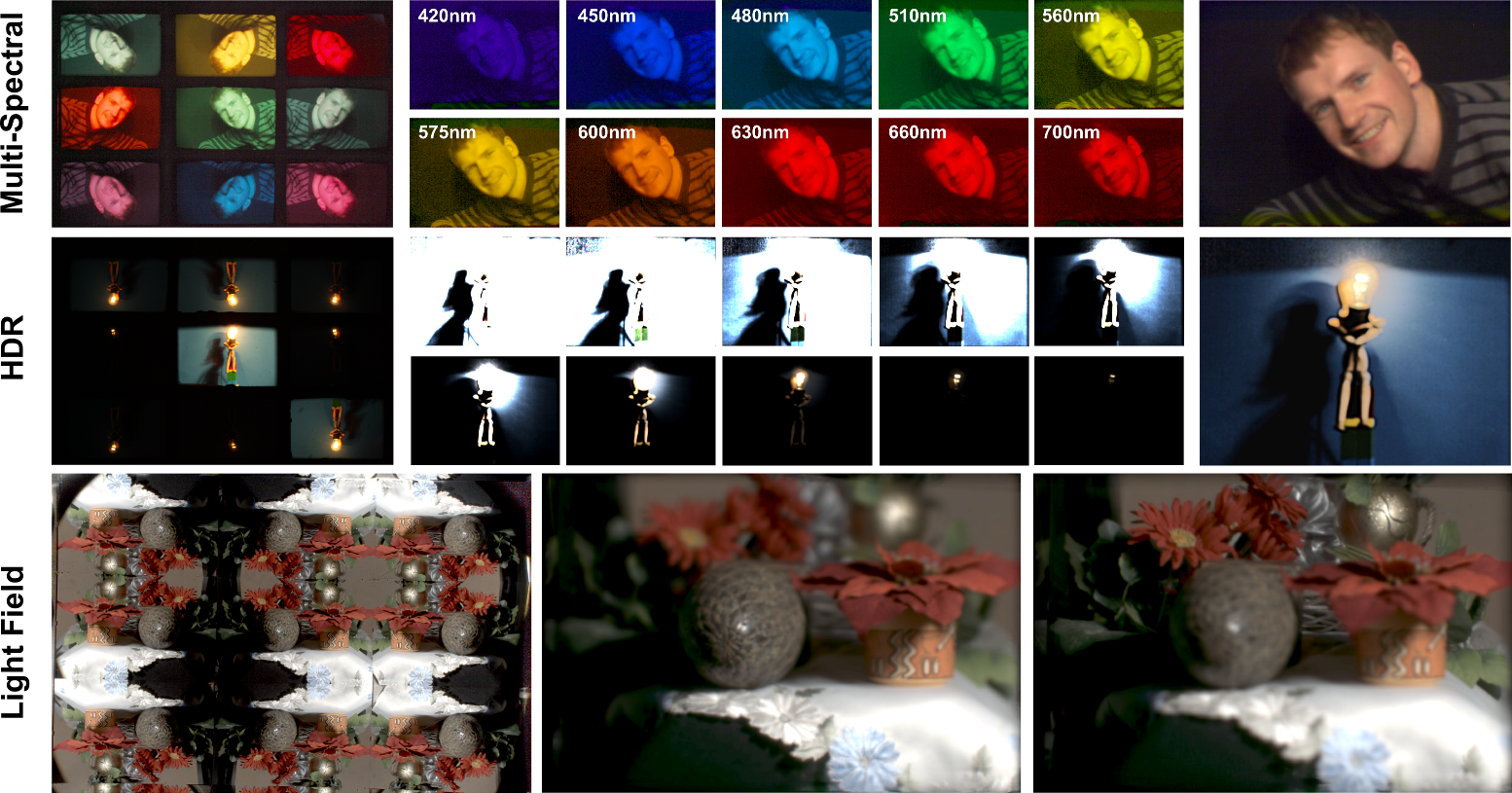


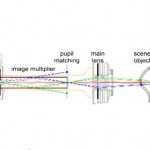
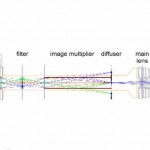
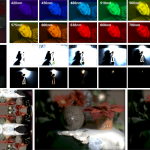
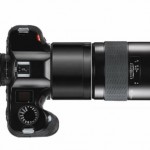
Leave a Reply